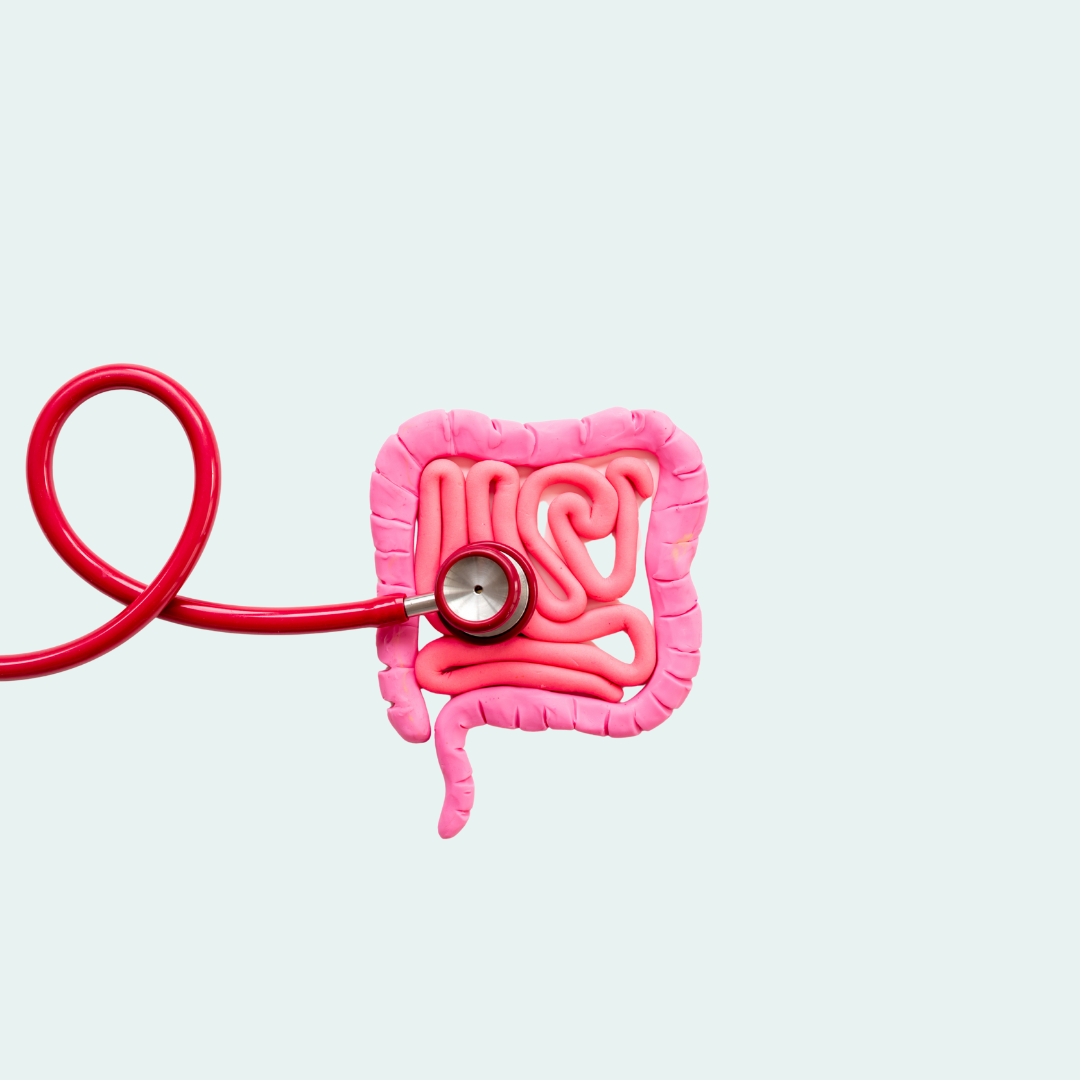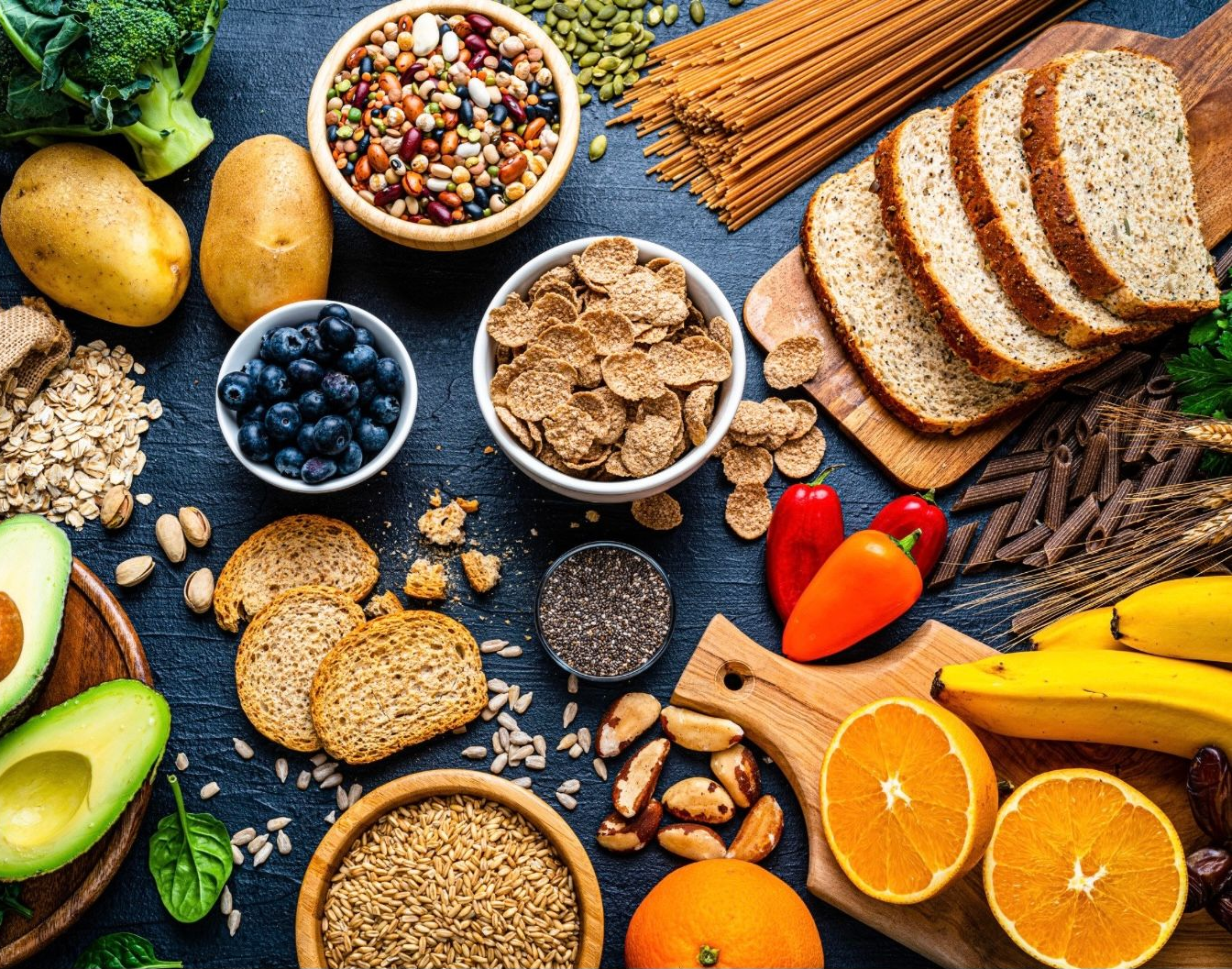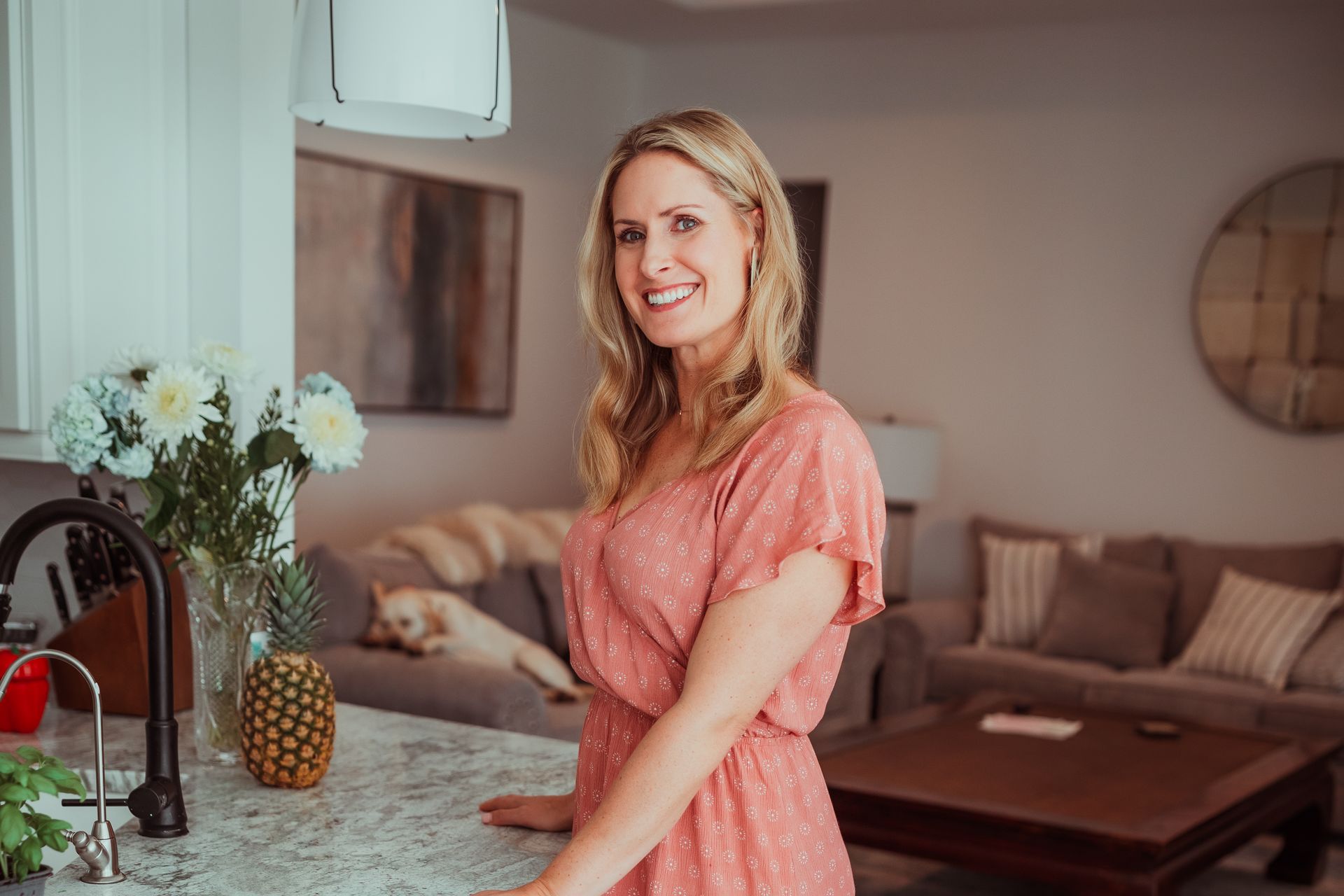1. Be Selective About Organic
Buying organic can help reduce exposure to pesticides, but it doesn’t have to be all or nothing. Some foods are more heavily sprayed than others, so being strategic about what you buy organic can help stretch your budget.
- Check the EWG’s Dirty Dozen & Clean Fifteen lists to see which fruits and veggies are worth buying organic and which are safer to buy conventional.
- Support local farmers' markets where you can find regeneratively raised produce and meat—many local farmers follow organic practices even if they aren't certified.
If you're in the Charlotte area, check out these markets:
- Charlotte Regional Farmers Market
- Matthews Community Farmers Market
- Waxhaw Farmers Market
- Uptown Farmers Market
- Cotswold Farmers Market
✅ Tip: Can’t find organic or want to save money? A quick baking soda soak can help remove some pesticide residue from conventional produce.
Every day, we're exposed to chemicals and toxins—through our food, water, air, and even the products we put on our skin.
While we can't avoid them completely,
small, intentional changes can help lighten the load on our bodies. If you're looking for simple ways to clean up your home and lifestyle this year, here are some practical swaps to help you get started!
2. Filter Your Water
Municipal water often contains chlorine, fluoride, heavy metals, and even traces of pharmaceuticals. If you’re not already filtering your drinking water, it’s worth looking into!
- Check the EWG Tap Water Database to see what’s in your local water.
- Choose a filter based on your needs:
- Aquagear – A simple pitcher filter that removes lead, chlorine, and microplastics.
- Aquatru – A countertop reverse osmosis system for more thorough filtration.
- Aquasana – Whole-house and under-sink options if you want to filter all the water in your home.
✅
Tip: If you use a reusable water bottle, opt for
stainless steel or glass to avoid microplastic exposure from plastic bottles.
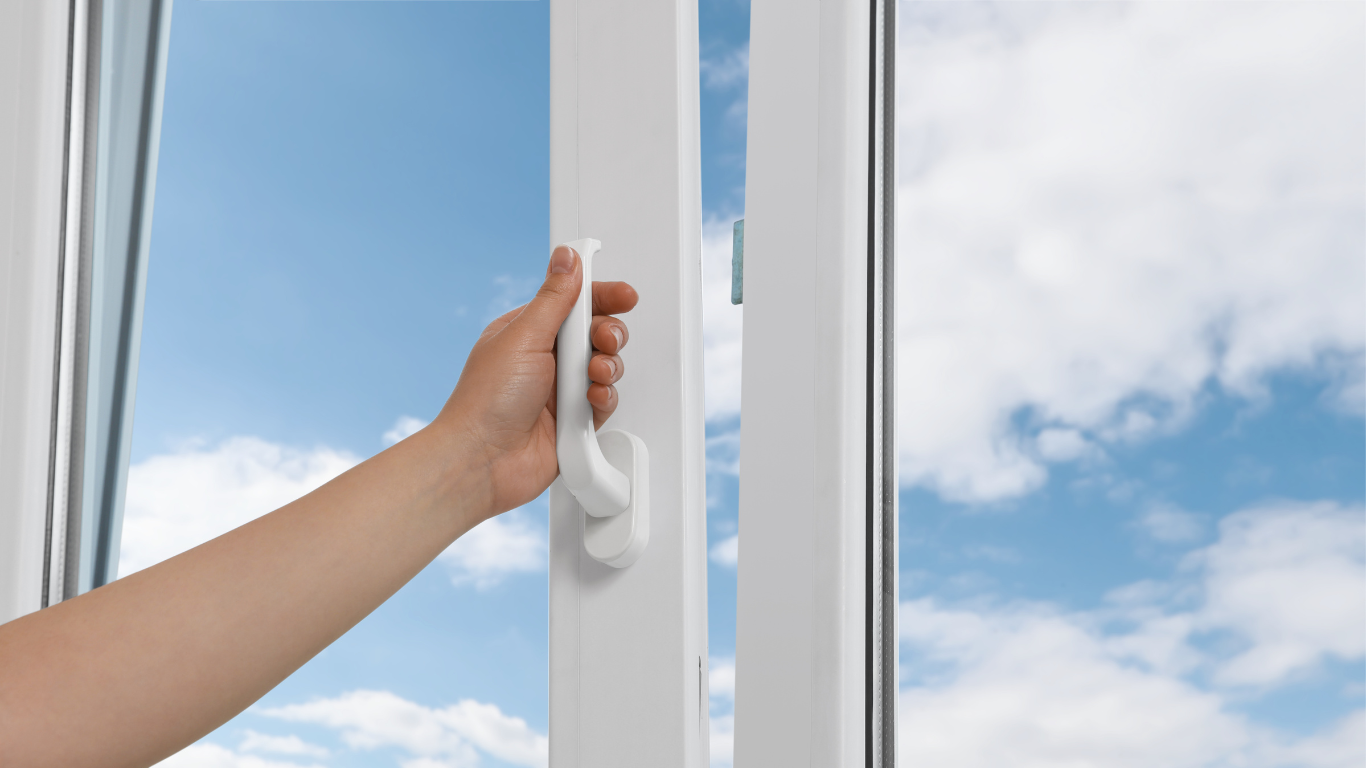
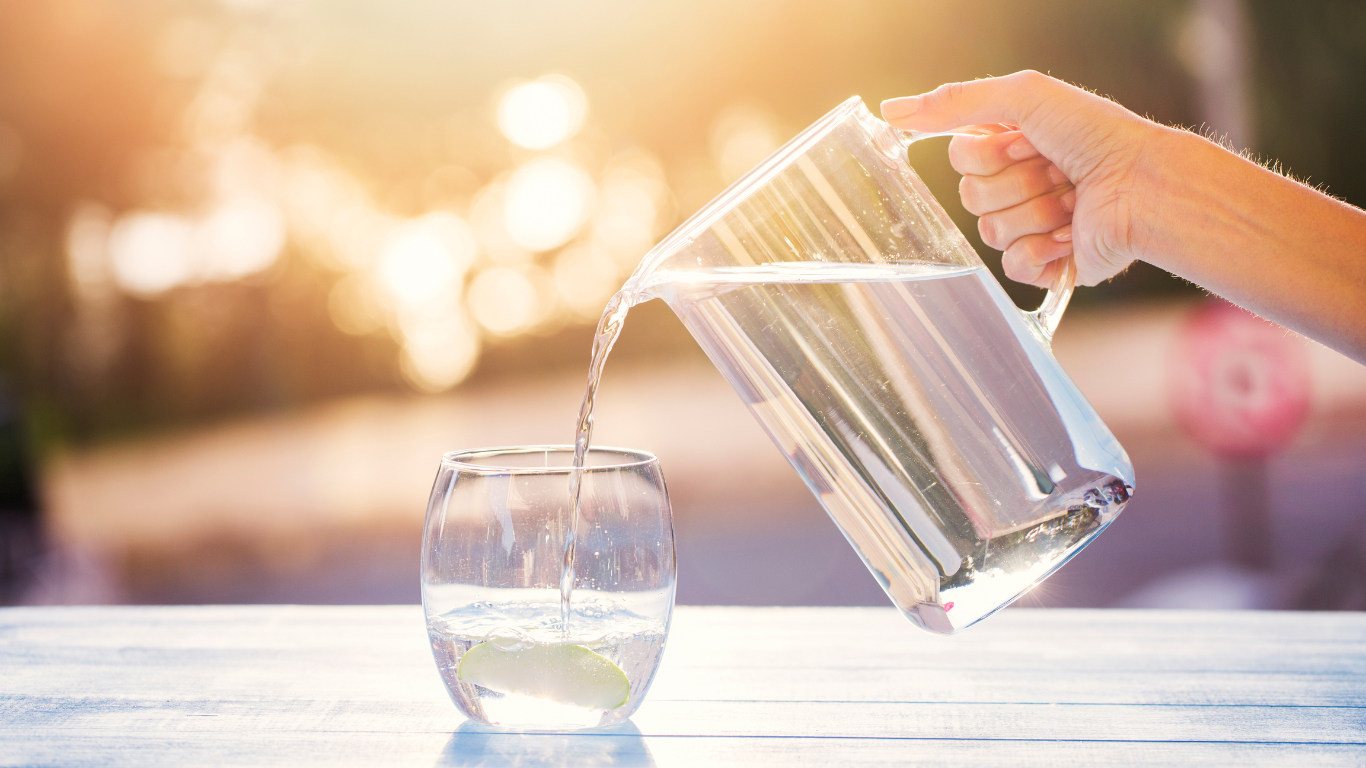
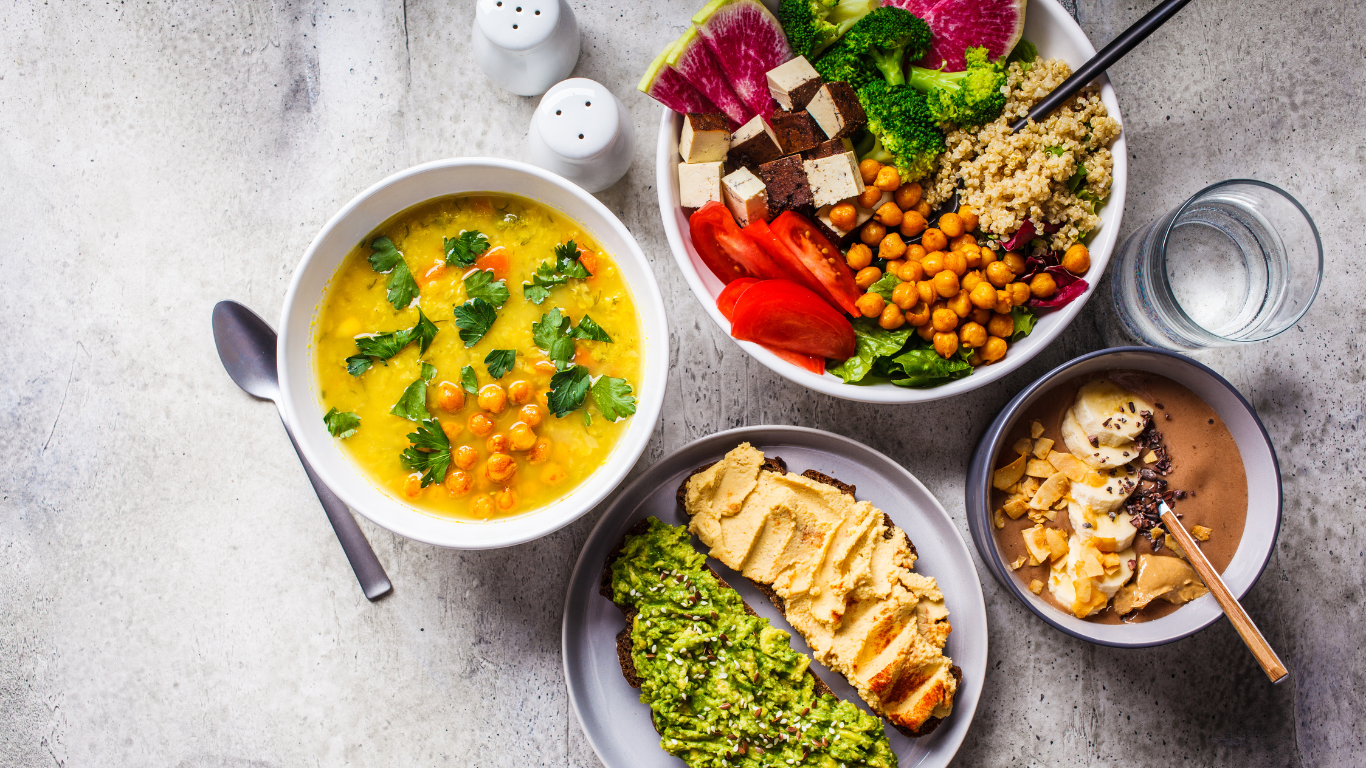
3. Improve Your Air Quality
Indoor air pollution is real—dust, mold spores, off-gassing from furniture, and synthetic fragrances can all contribute to poor air quality. A few simple changes can make a big difference:
- Invest in an air purifier that captures ultra-fine particles:
- Intellipure – Great for mold and VOCs.
- Air Doctor – Affordable and effective for allergens and dust.
- AustinAir – Medical-grade filtration for larger spaces.
- Open windows daily to let fresh air in (even in colder months).
- Add air-purifying plants like snake plants, peace lilies, or spider plants.
- Use a HEPA-filter vacuum to reduce dust, pet dander, and allergens.
✅
Tip: Skip synthetic air fresheners and plug-ins—opt for beeswax candles or essential oil diffusers instead.
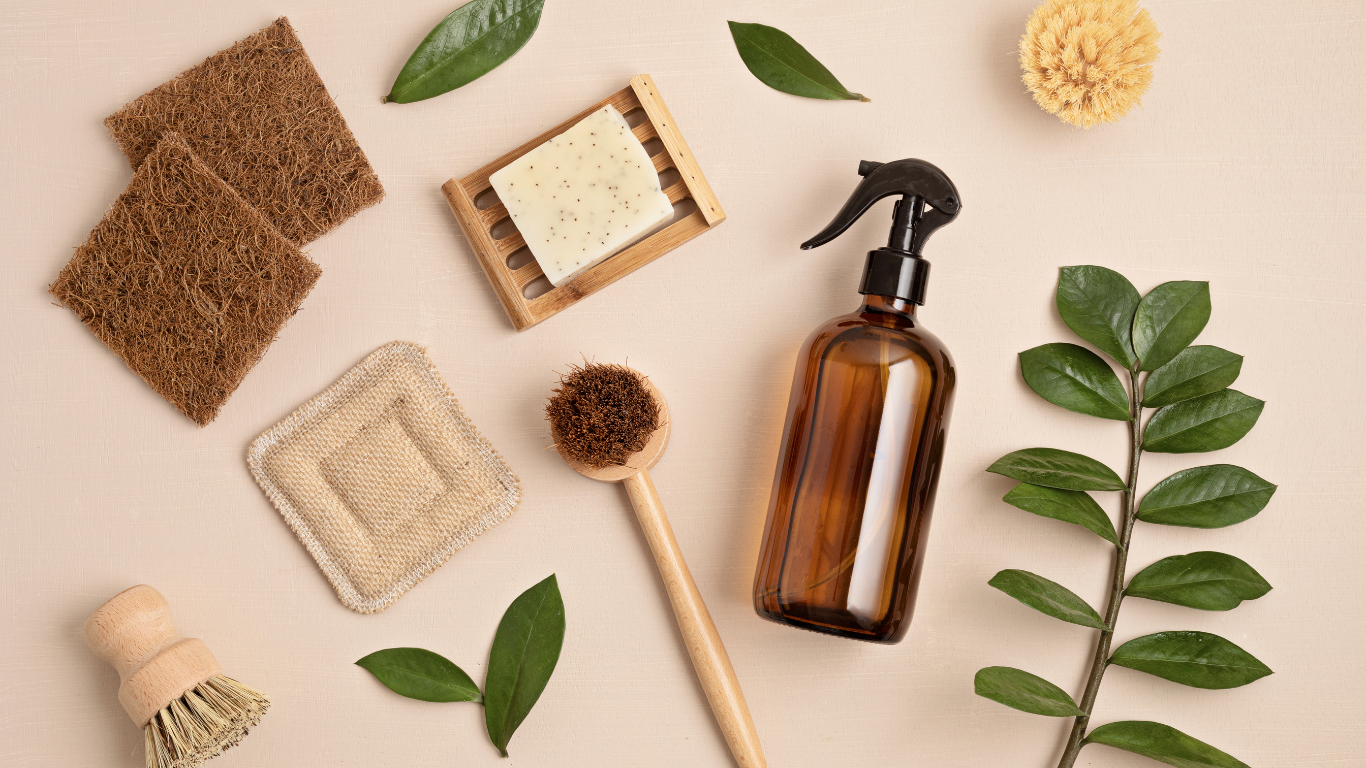
4. Swap to Non-Toxic Skin & Homecare Products
Personal care and cleaning products can be sneaky sources of hormone-disrupting chemicals and artificial fragrances. Thankfully, there are tons of cleaner options available now.
- Check product safety with these resources:
- EWG’s Skin Deep – Rates the safety of skincare, makeup, and household products.
- Think Dirty – Lets you scan barcodes for toxicity ratings.
- Easy swaps to start with:
- Skincare & Makeup – Look for products that are fragrance-free and free from parabens and phthalates.
- Cleaning Products – Choose non-toxic, biodegradable options for your home and laundry.
- Fragrance – Replace synthetic candles, plug-ins, and air fresheners with essential oils or beeswax candles.
✅
Tip: You don’t have to swap everything at once—finish what you have and replace products with cleaner options as you go!
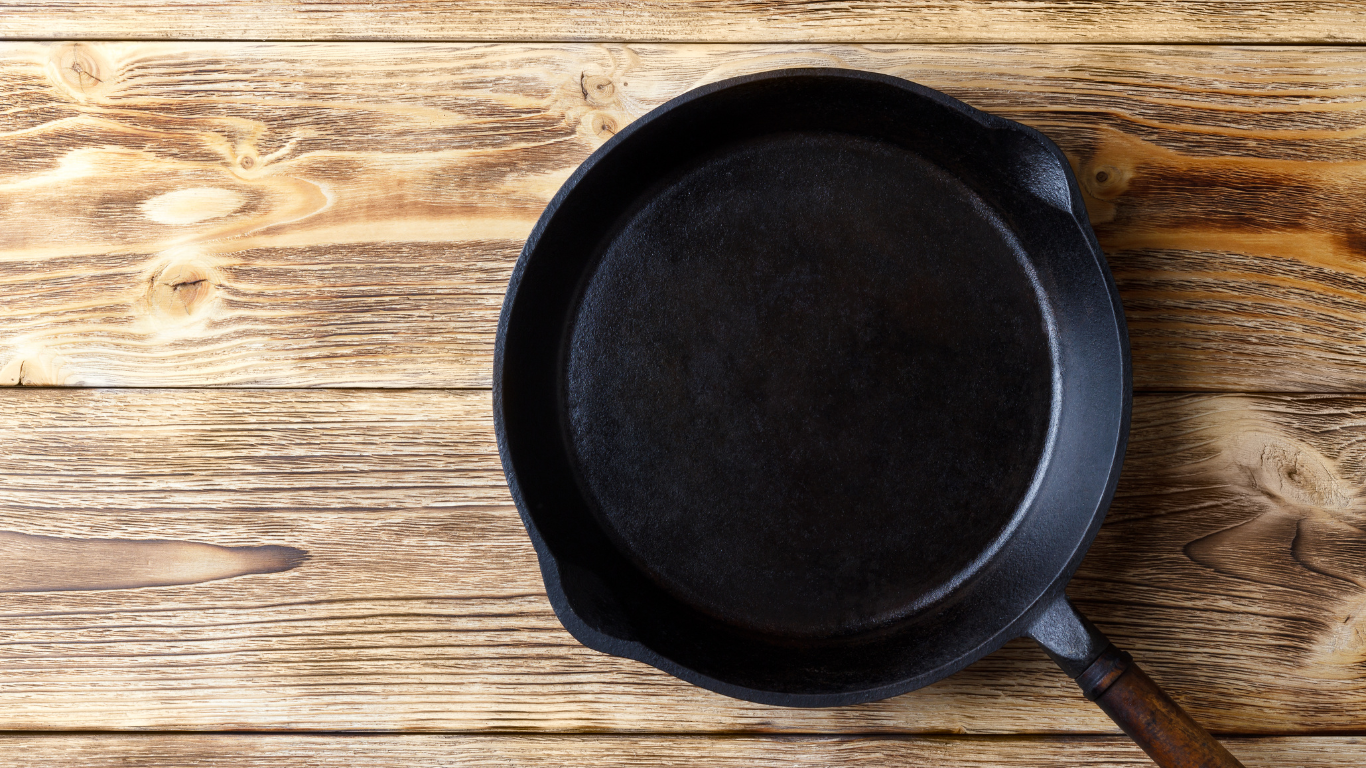
5. Choose Safer Cookware
Your cookware matters! Some nonstick pans contain PFAS (a.k.a. “forever chemicals”) that can leach into your food. Safer alternatives include:
- Stainless Steel – Durable and non-toxic. Look for brands like Cuisinart or All-Clad.
- Cast Iron – Naturally nonstick when seasoned properly and great for even cooking.
- Lead-Free Glass – Most Pyrex is a safe option for baking and food storage.
- Bamboo or Olive Wood Utensils – Avoid plastic utensils that can leach chemicals, especially when heated.
✅
Tip: If you need a nonstick option, go for
ceramic-coated pans that are PFAS- and PFOA-free.
Final Thoughts: Small Steps, Big Impact.
You don’t have to overhaul your entire home overnight—just start where it makes the most sense for you. Maybe that’s switching to a better water filter, finding a new go-to cleaner, or finally replacing that scratched-up nonstick pan.
Every small step adds up, and your body will thank you for it!
Recent Blog Posts
Share this post!
About the Author
Rhya Pachin is a licensed dietitian nutritionist who employs an "integrative" approach to support overall health rather than addressing just one symptom. As a certified LEAP therapist, she designs and supervises custom elimination diets. Her focus areas include gastrointestinal conditions like IBS and IBD, autoimmune diseases such as rheumatoid arthritis and Hashimoto's, persistent weight issues, food sensitivities, and chronic inflammatory conditions in both adults and children.



